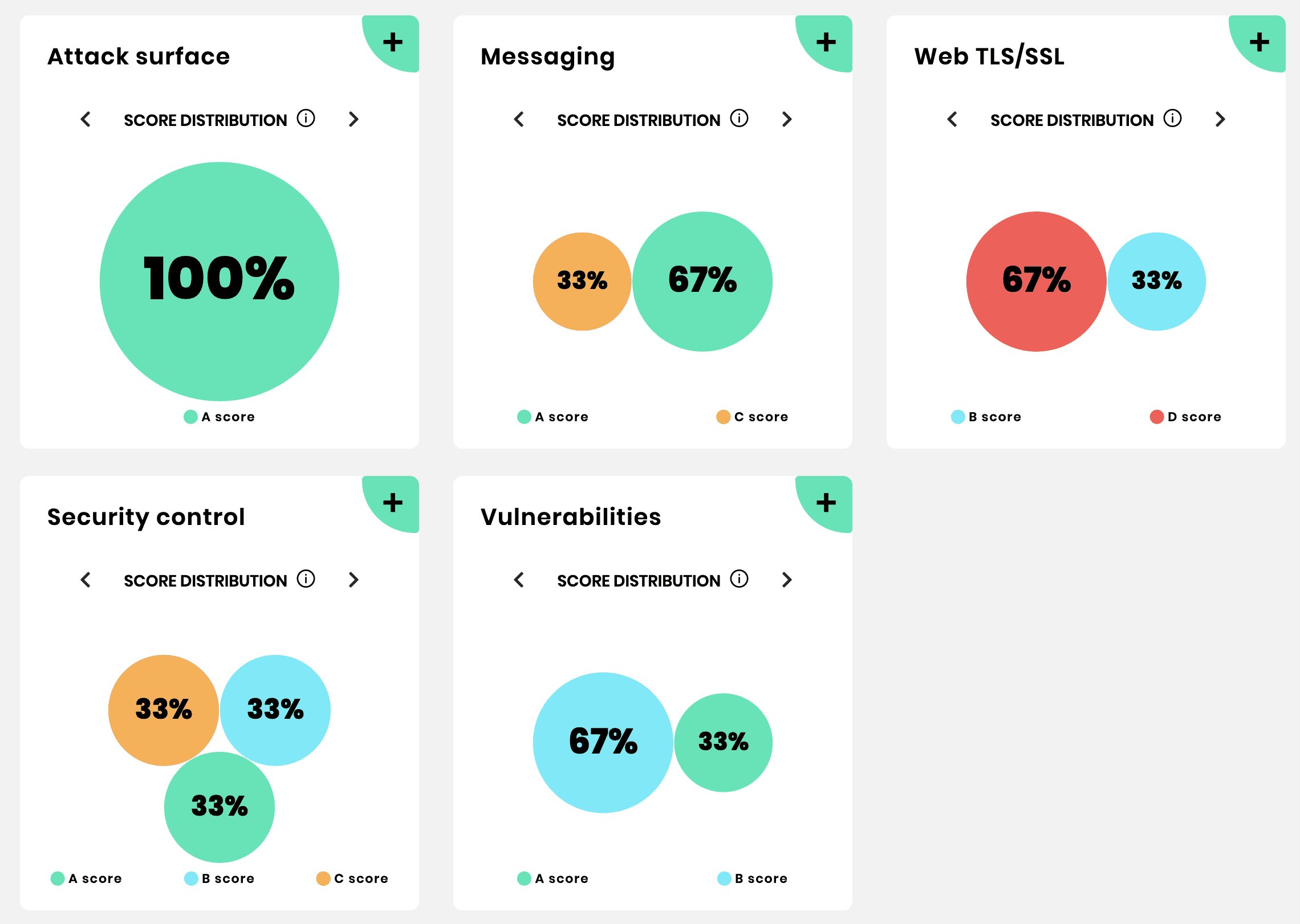The wp-config.php Location at vCanopy
To keep your WordPress configuration file (wp-config.php) secure, at vCanopy it’s stored one level above your websites /htdocs folder. Your wp-config.php file contains your database username and password along with other information about your website. We keep it hidden and protected. You can find it on your server here (site.url = your websites domain name): /var/www/site.url/ […]
PUT Requests for the WooCommerce API and Other Plugins
UPDATE – PUT AND DELETE REQUESTS PUT and DELETE requests are no longer blocked on Nginx servers by default, however, you may still need to configure the dav_methods outlined in this article for your website if the requires them. Introduction Modern servers do not allow for PUT or DELETE requests to be available by default. On Nginx, these aren’t […]
WP_MEMORY_LIMIT and vCanopy WordPress Websites
Introduction Every now again we’re asked a variation of this question on support: “Why does [insert plugin name] say that the WP_MEMORY_LIMIT is set to 40M? “ The short answer is that the plugin is likely looking at the wp-config.php file and not seeing this explicitly defined, and then returning the default 40M back, instead of […]
Country-Specific Redirects with GeoIP
IMPORTANT This article is specific to Nginx. We will release an article for OpenLiteSpeed in the future. Introduction In this article, we’ll look at how to create redirects for specific countries. Whether it be for a specific URL, multiple URLs, or to redirect to a country-specific site. Create a Maxmind Account Prepare Your Country Code/s […]
How to Reset WordPress User Roles with GP WP-CLI
Introduction In rare circumstances, a plugin or a migration gone wrong could corrupt WordPress user data in your website’s database. This can result in odd behavior such as redirecting you back to the homepage, or the “Sorry, you are not allowed to access this page” error. In this article we’ll take a look at how […]
Blocking Specific Pages for Specific Countries with GeoIP
IMPORTANT This article is specific to Nginx. We will release an article for OpenLiteSpeed in the future. Introduction In this article, we’ll look at how to block access to specific pages for specific countries. An example use case for this was brought up in our Facebook group where a WooCommerce stores was being targeted with malicious checkout […]





